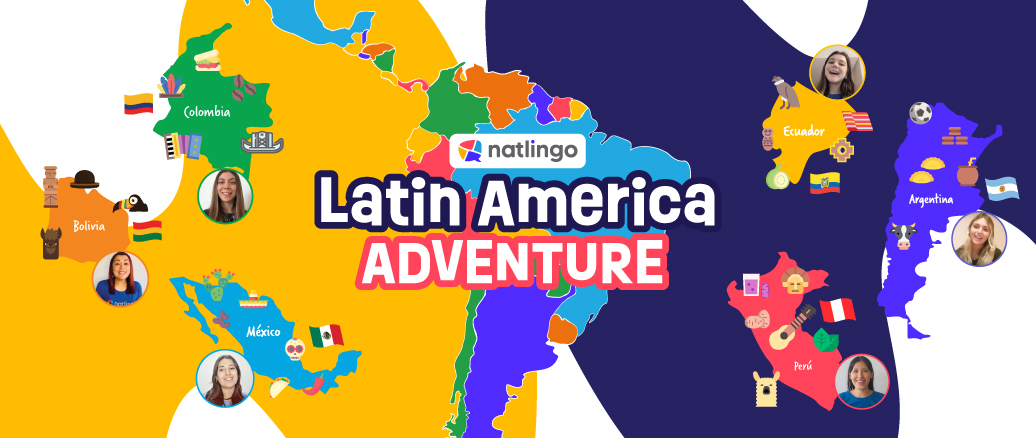If you are a parent raising a bilingual child, you may have heard the terms “code-switching” and “code-mixing” before, but what exactly do they mean?

Code-switching is the practice of switching between two or more languages in a single conversation. It occurs when a bilingual person alternates between languages within a sentence or conversation. For example, "You can speak English y luego hablar en Español in the same sentence, and conversation sin ningún problema". That is an example of code-switching. Code-mixing, on the other hand, involves blending elements of two languages within a single sentence or phrase. For instance, "parkear" which uses an English root word (to park the car) and Spanish configuration (in Spanish to park is estacionar).
So is code-switching and code-mixing a bad thing? Not necessarily. Code-switching and mixing are natural aspects of bilingualism, and are powerful tools that use metalinguistic skills, rather than a sign of language impairment. Put simply, they show that a person is proficient in both languages and can navigate between them with ease. For children, it can be a great sign of effective communication development in both languages, as it allows bilingual individuals to express themselves more fully with the vast repertoire of words they have access to as a bilingual!
As a bilingual parent, you play a crucial role in fostering your child's bilingual development. When your child code-switches, see it as a chance to expand their vocabulary in both languages, especially the one they hear less frequently. If your child substitutes the same word due to vocabulary gaps, gently help them by offering the words they may be looking for in the target language.
For example, if your child says, "Mamá, ¿dónde está el TV remote?" you can respond, "¿Estás buscando el control remoto?" This way, you're supporting their second language acquisition positively and encouragingly. By modeling the correct usage, you help them learn and grow their language skills.
If you have any questions about learning Spanish or code-switching, let us know in the comments below. And remember to check back, and follow us on our social media for more Spanish language learning content, tips and tricks on supporting Spanish bilingualism in your family!



SUBMIT YOUR COMMENT